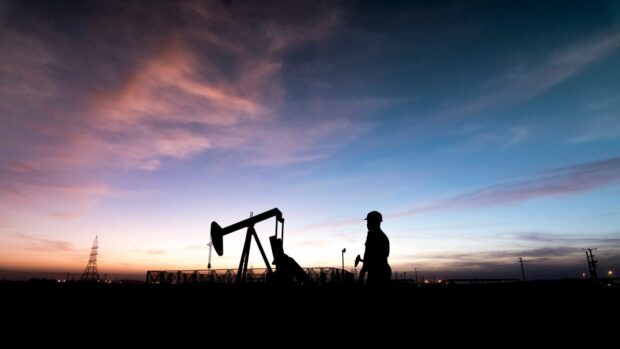Energy prices and energy security are at the forefront of government thinking across the globe. So is ensuring that the journey to net zero is a just transition. Europe’s dependence on Russian oil and gas must be decoupled. And as the world transitions the need for alternative energy sources has become ever more apparent, Bryan Wilson, partner at Brodies LLP, looks at alternative energy rich regions to fill the gaps in all of our resource needs.
-
Some Press and Journal online content is funded by outside parties. The revenue from this helps to sustain our independent news gathering. You will always know if you are reading paid-for material as it will be clearly labelled as “Partnership” on the site and on social media channels.
This can take two different forms.
“Presented by”
This means the content has been paid for and produced by the named advertiser.
“In partnership with”
This means the content has been paid for and approved by the named advertiser but written and edited by our own commercial content team.
Looking to the Middle East, where some of the highest reserves in the world remain to be developed, may provide some of the answers to our growing energy problems. The region is currently a hive of activity, with some of the lowest lifting costs per barrel in the world, and with a high oil price, there are clear commercial reasons for further investment. Operators in the region have not simply been soaking up the rewards of a high oil price. All of the major regional players have been investing heavily in the development of existing and new fields, and in renewable energy technologies and assets which will form part of the longer-term energy mix.
Saudi Arabia’s 11-12 million barrels per day production figures dwarf most other players in the region, but the UAE is making a strong push to increase daily production figures from 3 to 5 million barrels per day by 2025. Qatar currently produces roughly a quarter of the world’s LNG, and has another LNG train in development, readying it for an even larger share of the global LNG market.
The multi-billion-dollar projects required to ensure these objectives and targets are met, in themselves place an enormous strain on global markets and the supply chain. EPC project proposals are landing on desks in most of the major engineering contractors, commodity prices are increasing daily driven by demand and a lack of resources, and people costs are once again rising as the equation between opportunity and availability becomes strained. Early commitment for resources is being encouraged in an attempt to get a jump on the competition.
Innovative technical solutions are required in a region where shallow water depth often precludes the use of traditional low-cost production methods. One major project has built a series of man-made islands offshore in the Arabian Gulf to accommodate the equipment required to drill and produce oil and gas. No idea is too outlandish in an attempt to accelerate the time to production.
Steel mill slots are once again in high demand and long lead items are taking even longer to produce due to a global shortage of materials and labour, as manufacturers once again ramp up manufacturing processes following the protracted downturn and the impact of Covid, in an attempt to meet increasing demands. However, many experienced professionals are irrepressible in their enthusiasm for the region that is in high activity and investment mode.
Aberdeen, and its long association with oil and gas is a key target area for Middle East oil majors. Highly valued technical skills, set to exacting standards in a well regulated environment are in demand, and the north-east has already had a delegation from the Abu Dhabi National Oil Company, who were looking to leverage those skills. The continued evolution of the UKCS, and in particular the north-east of Scotland, its maturity, and its recognition as a centre of excellence for all things oil and gas makes it an ideal target for Middle East operators and NOC’s in their race for production. Critical technical, commercial and legal skills developed in the UKCS could help to unlock some of the more complex issues in the Middle East.
The legal sector, like most others, is struggling to keep up with demand in the region and with the volume of work being generated it has become clear that there are opportunities for legal firms in the Middle East. Brodies has an experienced energy team with a long association with the UKCS and beyond, which makes it well placed to provide much needed legal support to a number of projects in Abu Dhabi, Qatar and Oman. The outlook is bright for the legal sector in the Middle East and demand for these types of skills looks set to grow.
The Middle East can be a challenging place to work, and at Brodies, like a number of other north-east firms, we are looking forward to supporting our clients in the Middle East as we help them unlock the energy resources of the future.
Get expert advice from Brodies, which has the largest dedicated oil and gas legal team based in Scotland.

